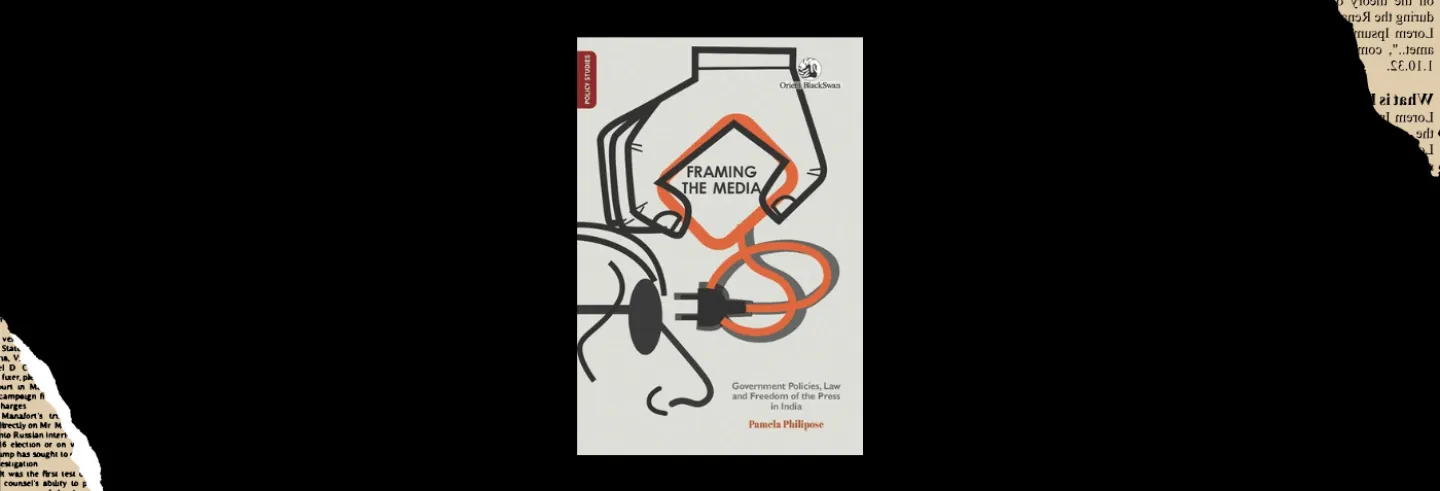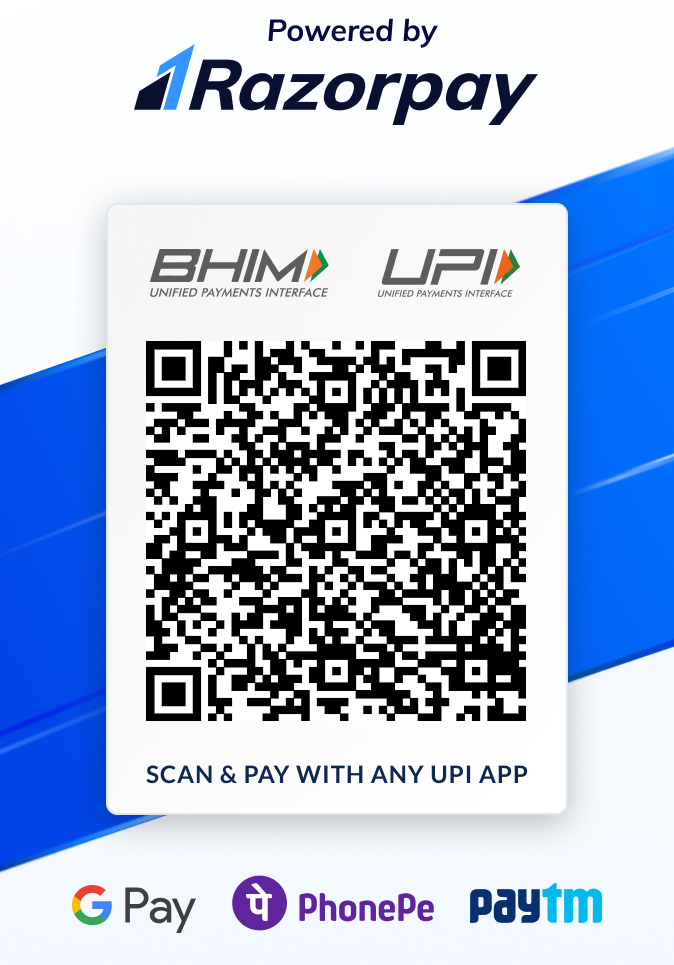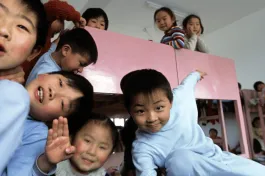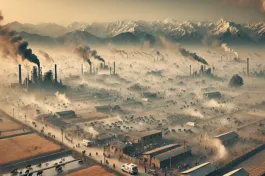Freedom of speech and expression has always been viewed as the soul of democracy. Its origins can be traced to ancient Greece, where it was called parrhesia. In the United States, the First Amendment to the Constitution, adopted in 1791, protects freedom of speech. This means people can express opinions—even those that are critical or unpopular—without fear of government censorship.
Government policy can shift depending on whether media policies stand against big capital or choose to support it.
Other Western democracies have recognised freedom of speech as a core democratic right over the centuries. However, the boundaries of this freedom differ from country to country. For example, burning the flag is protected under the US Constitution, but many other countries do not allow it.
The concept of freedom has changed significantly over time. Sedition used to be an offence in many nations, including England. Today, it has been abolished in most places. But, in India, aspects of sedition still remain in the law. As times change, new challenges to freedom of speech continue to arise.
Until the invention of the printing press, people exercised freedom of speech mainly through oral communication, and maybe some writing. This changed dramatically once printing became widespread. Over the past century, rapid technological advancements have introduced newspapers, radio, television, computers, and the internet. Then there are smartphones, and, now, artificial intelligence (AI). Each of these developments has brought its own challenges.
As the scope of free speech increased, so did the spread of fake news, deepfakes, and hate speech. These issues required new government policies and laws, many of which were tested in the courts. It is important to remember that all governments, regardless of their public statements, tend to suppress speech that criticises their policies or exposes their failures.
Against this backdrop, Pamela Philipose’s concise volume stands out. Philipose is an award-winning journalist with more than 40 years of experience. She is also deeply engaged in civil society causes and is a committed feminist. These qualities make her ideally suited to tackle this subject. The breadth of issues she covers and the depth of her analysis draw attention to her expertise.
Four Major Technologies
The book focuses on the period after India’s independence. It is organised around four major technologies for exercising free speech—print media, radio, television, and the internet. The author explores the historical development of each medium, the policies and laws relevant to them, the responses from courts, and both their positive and negative effects on free speech. Each of these platforms could easily fill a book. Despite the concise format, Philipose succeeds in providing far more than just an overview of the challenges and changes in the sphere of free expression.
The courts have generally ruled in favour of the newspapers. However, the major cases were brought by large newspaper organisations—not by individual readers or employees.
The author begins by discussing media and communication policies and their importance. At the outset, she notes, “A more realistic assessment of media policy making over the years would therefore necessarily factor in more pragmatic considerations on the part of the state and changes in its ideological stance, since it is well recognised the world over that media, communication tools and strategies as well as media policies are always inseparable from the ideological framework".
Philipose highlights a persistent paradox in India’s media policy-making. On one hand, there is the promise of a free and fair media, which uses communication technologies to enable equal participation in the public sphere. On the other hand, the state consistently tries to regulate how the media operates, using policies and laws to control the flow of information. This also affects national conversations and how public opinion is shaped.
In addition to these dynamics, market forces have a significant impact. Government policy can shift depending on whether media policies stand against big capital or choose to support it.
Freedom of Express in Constitution
The Constitution introduced the well-known Article 19(1)(a), which guarantees freedom of speech and expression. However, it also includes Article 19(2), which allows for certain restrictions on this right.
One of the first major legal battles in independent India involved the Supreme Court striking down bans on two magazines. One magazine was published by a communist sympathiser, and the other was an organ of the Rashtriya Swayamsevak Sangh (RSS). In response, the first amendment was enacted—even before the first parliamentary elections—which further limited the freedom of speech and expression.
Although the Constitution does not explicitly mention freedom of the press, courts have always held that it is an integral part of the freedom of speech and expression. As the author notes, the Supreme Court has heard numerous cases over the years that defined the boundaries of press freedom. These cases have addressed issues such as newsprint policies, whether commercial speech is included within freedom of speech and expression, and whether press freedom can be restricted by limiting the size of newspapers.
In most of these cases, the courts have generally ruled in favour of the newspapers. However, as the author points out, the major cases were brought by large newspaper organisations—not by individual readers or employees.
First Press Commission
In any case, as the author explains, the government took two additional steps to control the press. The Press (Objectionable Matter) Act was enacted in 1951. The following year, the first Press Commission was established under Justice G.S. Rajadhyaksha.
Government interference is a problem, but even more troubling is the growing influence of corporate power.
The Press Commission soon recommended that the Press Act be repealed, a change that was finally made after six years. The Commission also found that press employees received quite poor pay. It suggested the creation of an All India Press Council to safeguard editorial independence. In 1955, the Working Journalists Act was passed. This legislation aimed to regulate the working conditions of journalists and other press employees. The Commission’s report also emphasised the importance of editorial independence.
Major newspaper owners opposed many of these recommendations. For them, press freedom meant accountability only to the market and profit, not to government regulations. The government has set up wage boards from time to time to decide pay scales for journalists and other staff. Newspaper owners have regularly resisted these measures.
The book provides an account of how press freedom was curtailed during the Emergency. It also contains an in-depth analysis of the print media in the years following liberalisation. According to the author, government interference is a problem, but even more troubling is the growing influence of corporate power.
There has been a dramatic increase in defamation suits filed against the media. Philipose sums up her discussion of print media by noting, “The principle that journalism is a public service and a profession now began to be regarded as anachronistic, and the editor was no longer the ear and eye of a newspaper.”
Radio and Television
The author then moves on to examine the development of radio, and later, television. For most of the 1950s to the 1970s, radio served as the main source of news and entertainment for the masses, but it remained entirely under government control. Radio became a government mouthpiece—a situation that continues today with programmes like Mann Ki Baat.
The era of television began in the 1970s and has grown rapidly since. Prasar Bharati was established to oversee public broadcasting, but it has lost much of its autonomy, especially over the past decade. The government permitted a few private FM radio channels, but has consistently refused to allow independent broadcasting of news and current affairs on radio.
Television, in contrast, was allowed to have private news channels. However, most of these channels are owned by large corporate houses, and today, it is nearly impossible to find critical news coverage of the government on TV.
The book also discusses a 1995 Supreme Court judgment ruling that the airwaves belong to the public, not the government. This judgment widened the definition of free speech to include the right to acquire and share information—as well as to communicate via any form of media, whether print, electronic or audiovisual. Despite this ruling, control over broadcasting remains with the government through Prasar Bharati, and with private companies through their networks.
Digital Age
The last chapter of the book explores the digital age—covering computers, the internet, and mobile phones. Today, these technologies and platforms—including WhatsApp, Instagram, Facebook, and X (formerly Twitter)—have expanded the reach of speech in ways that were once unimaginable. Smartphones and laptops have helped spread these technologies to every corner of the country at a phenomenal pace.
What the book does is clearly present how both government and corporate powers restrict free speech, with those restrictions becoming even tighter under the present regime.
The government has sought to control the digital narrative through laws such as the Information Technology Act, 2000, and related rules that have been updated over time. Authorities aim for tighter control over intermediaries and news media, and have even tried to position themselves as the sole fact checker.
These efforts have faced resistance, notably in landmark court cases—the Shreya Singhal case, which struck down Section 66A of the IT Act; the Puttaswamy judgment, which recognised informational privacy as a fundamental right; and the Anuradha Bhasin case, which placed limits on the government’s power to impose internet shutdowns. The chapter surveys nearly 40 years of digital growth, along with the government’s attempts to suppress alternative viewpoints.
This rapid expansion has also led to challenges such as fake news, deepfakes, hate speech, and the viral targeting of individuals and communities. As Philipose aptly notes, “Freedom of speech and expression, if it is not to descend into a dystopia of fake images and information designed to manipulate minds, has to be founded on authentic information. But addressing deepfakes has to begin with checking the abuse of surveillance technologies and increasing social media literacy so that morphed images can be identified.”
The author examines, in depth, how the current government has used laws, policies, and police action to suppress alternative viewpoints. She concludes that India is now experiencing the rise of digital authoritarianism.
This is an excellent overview of media-related policies, laws, and court decisions—particularly those since Independence. The analysis is strengthened by striking statistics. Ultimately, the book shows that the right to freedom of speech and expression has always faced threats from government interference and corporate interests. In the current era, these dangers have grown even more acute.
There is no doubt that freedom of speech and expression is also endangered by government crackdowns on protests, public meetings, and other expressive forms—such as paintings, stand-up comedy, satire, and more. What the book does is clearly present how both government and corporate powers restrict free speech, with those restrictions becoming even tighter under the present regime.
Mihir Desai is a senior advocate practising human rights law in the Bombay High Court and the national vice president of the People's Union for Civil Liberties.









